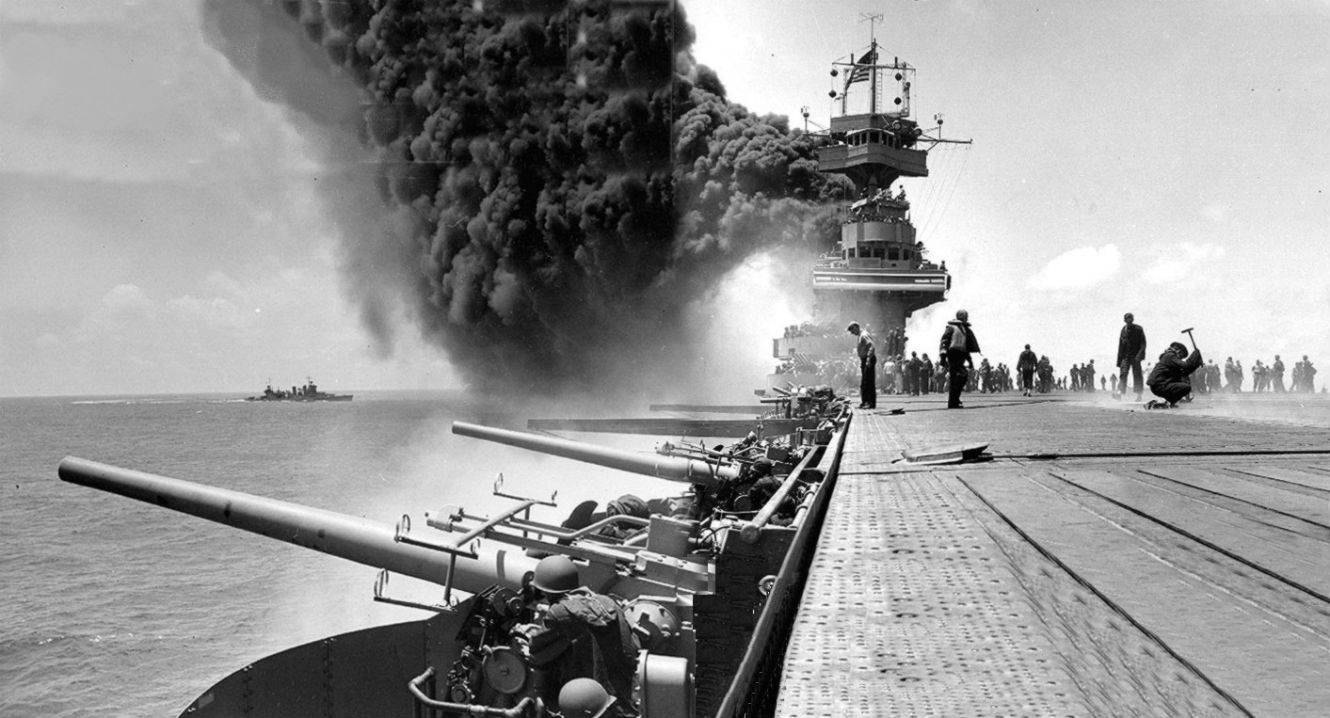BarnBuster
Virtually Unknown Member
"On June 2, 1997, Timothy McVeigh was convicted on 15 counts of murder and conspiracy, and on August 14, under the unanimous recommendation of the jury, he was sentenced to die by lethal injection. Michael Fortier was sentenced to 12 years in prison and fined $200,000 for failing to warn authorities about McVeigh’s bombing plans. Terry Nichols was found guilty on one count of conspiracy and eight counts of involuntary manslaughter and was sentenced to life in prison. In December 2000, McVeigh asked a federal judge to stop all appeals of his convictions and to set a date for his execution by lethal injection at the U.S. Penitentiary at Terre Haute, Indiana. McVeigh’s execution, in June 2001, was the first federal death penalty to be carried out since 1963."



















